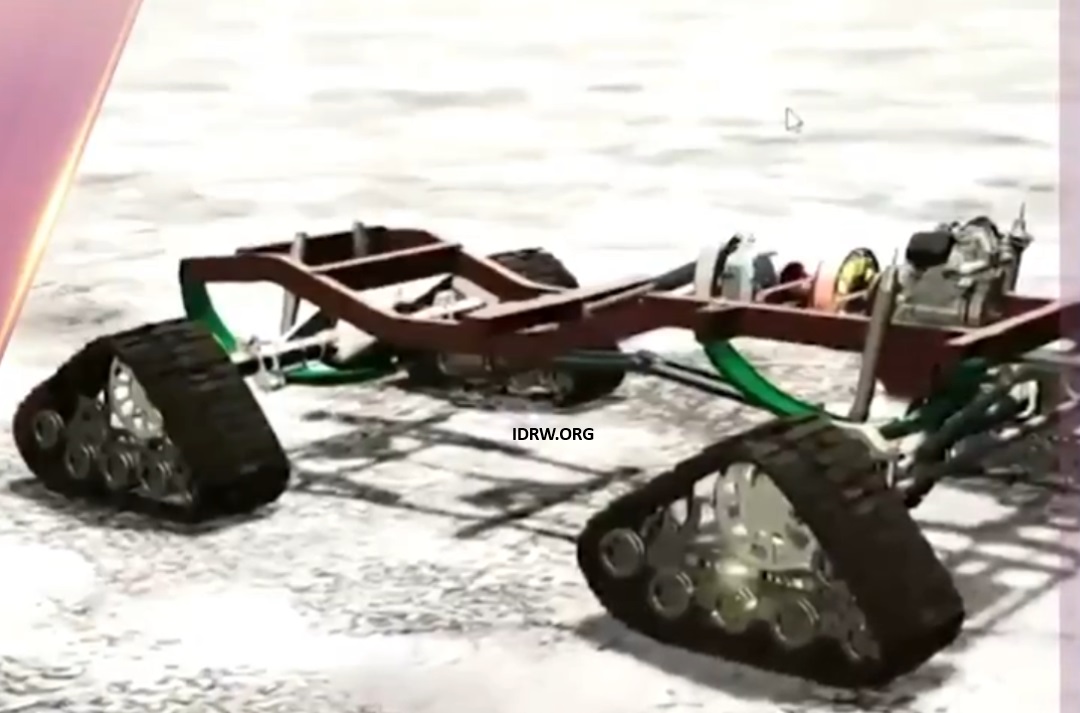SOURCE: AFI


Under the “Dare to Dream 4.0” initiative of DRDO (Defence Research and Development Organisation), X-Pect Innovations is developing a groundbreaking Regenerative Clutch System (RCS) that captures wasted engine energy and repurposes it to power cutting-edge defense technologies. This innovative project aims to transform the way energy is utilized in defense applications, promising increased efficiency, sustainability, and operational capability for military platforms.
Modern engines, especially in military vehicles, produce significant amounts of energy during peak traffic hours or high-stress operations. However, much of this energy goes to waste due to inefficiencies in the system, leading to lost power that could otherwise be harnessed for mission-critical functions. X-Pect Innovations is tackling this problem by developing the Regenerative Clutch System, which can capture and store this excess energy for future use. In doing so, the system acts as a standalone generator, offering an energy solution that reduces waste and improves overall energy efficiency in defense platforms.
The Regenerative Clutch System is a mechanical innovation that captures the kinetic energy typically wasted during clutch disengagement and other operational phases of an engine. This stored energy can be used to power defense systems when needed, without relying on external energy sources.
By recovering energy that would otherwise be lost, the RCS transforms military vehicles and platforms into self-sustaining energy hubs. The captured energy can be stored in batteries or other energy storage devices, making it available for later use in powering advanced technologies.
One of the most promising defense applications of the Regenerative Clutch System is its ability to power energy-intensive technologies like laser weapons. These systems require significant power to operate, which often comes at the cost of fuel consumption or additional energy sources. However, with the RCS, military platforms can harness stored energy generated during normal vehicle operation to power high-energy weapons such as directed energy systems, lasers, or railguns.
By integrating the RCS into platforms like armored vehicles, aircraft, or naval ships, the stored energy can serve as a readily available resource to support combat operations, communications equipment, and sensor systems, significantly improving the operational capabilities of defense forces.